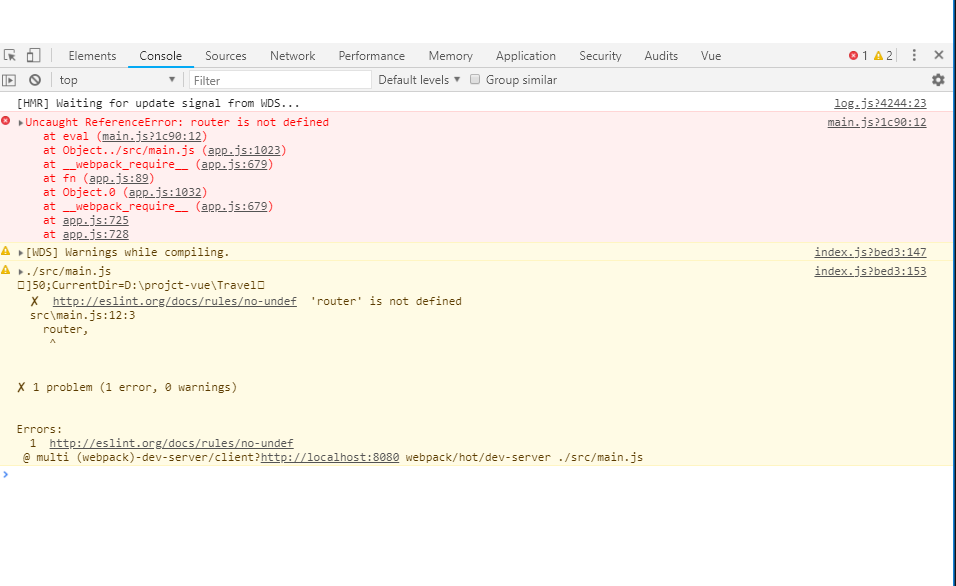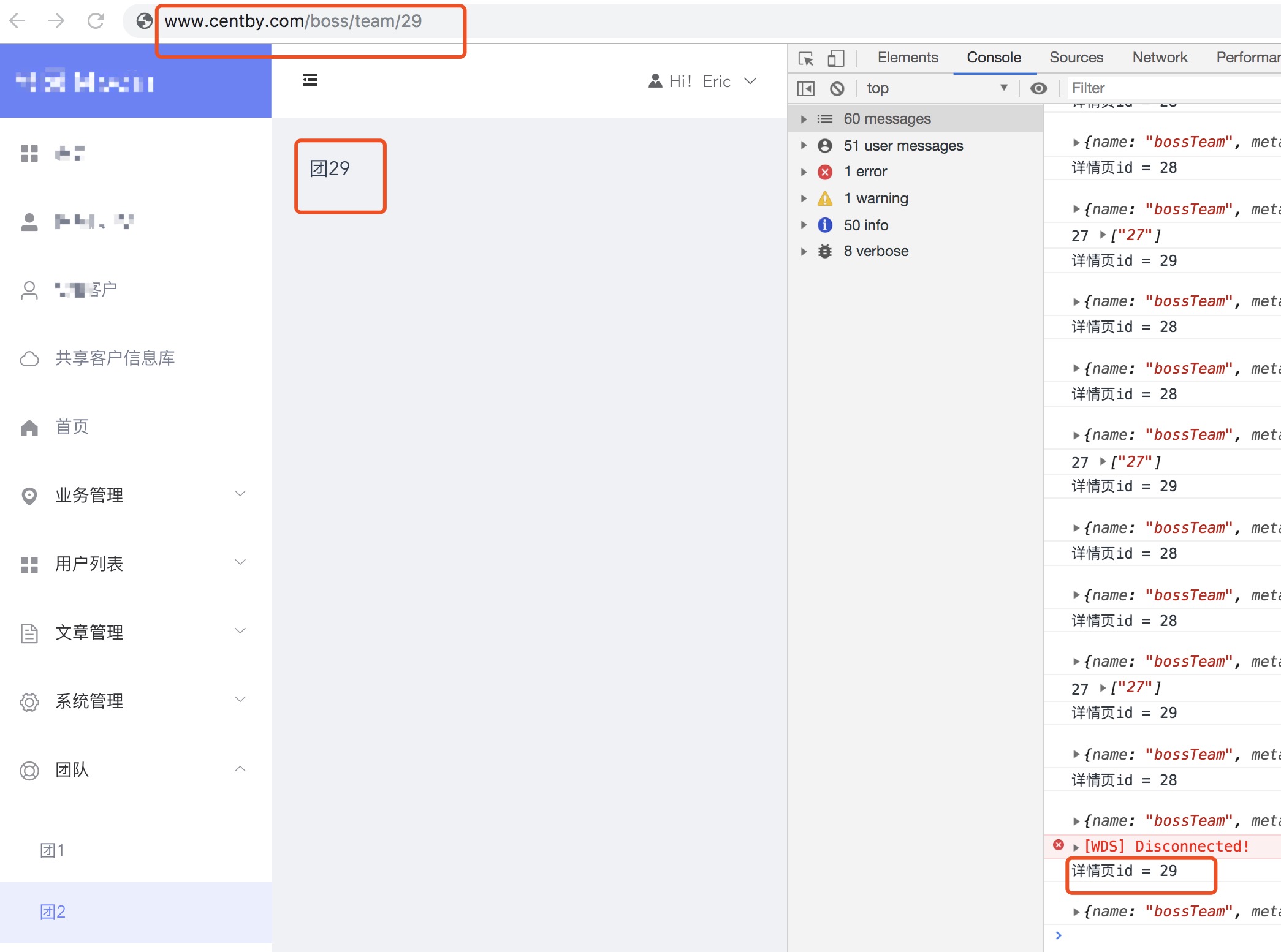

- #Vue router refresh how to
- #Vue router refresh update
- #Vue router refresh manual
- #Vue router refresh software
- #Vue router refresh code
Whenever you scaffold a project with the Vue CLI, hot reload will be enabled out-of-the-box. Therefore, it preserves the present state of our app as well as the swapped components, thereby improving the developer experience whenever you significantly modify the templates or styling of components.

When we modify a component in a *.vue file with hot reload enabled, Vue will swap all instances of that component without refreshing the page.
#Vue router refresh update
Hot reload involves more than just reloading a page whenever we update a file. Now that we understand the scenarios where forcing an update may be appropriate, let’s discuss four options for forcing a Vue component to re-render, comparing their pros and cons. In such cases, forcing an update can assist Vue in recognizing and reflecting the UI changes. If you manipulate the DOM directly outside of Vue’s reactivity system, like with vanilla JavaScript or third-party libraries, Vue may be unaware of the changes. Forcing an update is a viable solution for synchronizing the component’s state with external changes.
#Vue router refresh code
When integrating Vue with external libraries or legacy code that doesn’t play well with Vue’s reactivity system, you may encounter situations where changes made outside of Vue aren’t reflected in the UI. Forcing an update in such cases can help ensure that the component is rendered correctly. However, in certain complex scenarios, the automatic diffing algorithm may fail to detect changes accurately, resulting in incorrect rendering. If you hit the link when youre in that page already, it will create a query name, so the fullPath will be change and the page will be 'reload'.
I create a base component, and use it instead ofVue optimizes performance by updating only the necessary parts of the DOM through intelligent diffing and re-rendering. Solved This is my solution, if any body needs.
#Vue router refresh manual
In such cases, you may have to perform a manual update using forceUpdate to reflect the changes, which we’ll cover later. Vue will not detect changes to non-reactive data that affect the component’s rendering or behavior, like plain JavaScript objects or variables. Vue’s reactivity system primarily monitors changes to reactive data properties. However, if you use dynamic styles on elements that rely on calculations, measurements, or other external factors, you may need to force an update to ensure that the styles are applied correctly. Vue’s reactivity system excels at handling dynamic data and updating the UI as needed. In such cases, forcing an update can help ensure that the component reflects the correct state. When integrating with third-party libraries or plugins that directly manipulate the DOM, Vue’s reactivity system may fail to detect changes. If you have a custom watcher that performs some additional logic or has side effects, you may need to manually trigger an update when the watcher’s condition is met. Vue provides watchers that you can use to monitor changes in data properties.

For example, if you have a component that listens for browser events like window resize, you may need to force an update to re-render the component based on the new dimensions. When you have components that rely on external events or changes that occur outside of Vue’s reactivity system, you may need to manually trigger an update. Let’s review some common scenarios or use cases when forcing an update in Vue is likely appropriate. Sometimes, forcing an update in Vue is necessary to ensure that the UI reflects the most recent data or state changes.

Vue is a versatile and incrementally adoptable JavaScript UI framework.
#Vue router refresh how to
How to correctly force a Vue component to re-renderĮditor’s note: This article was last updated to include additional information about common use cases when forcing an update in Vue may be appropriate, like using external events or a legacy codebase.
#Vue router refresh software
On initial page, I get 2 ID variables: organizationId and brandId, that I want to save in my URL as params, while routing to Organization Overview Page.Raphael Ugwu Follow Writer, software engineer, and a lifelong student.


 0 kommentar(er)
0 kommentar(er)
